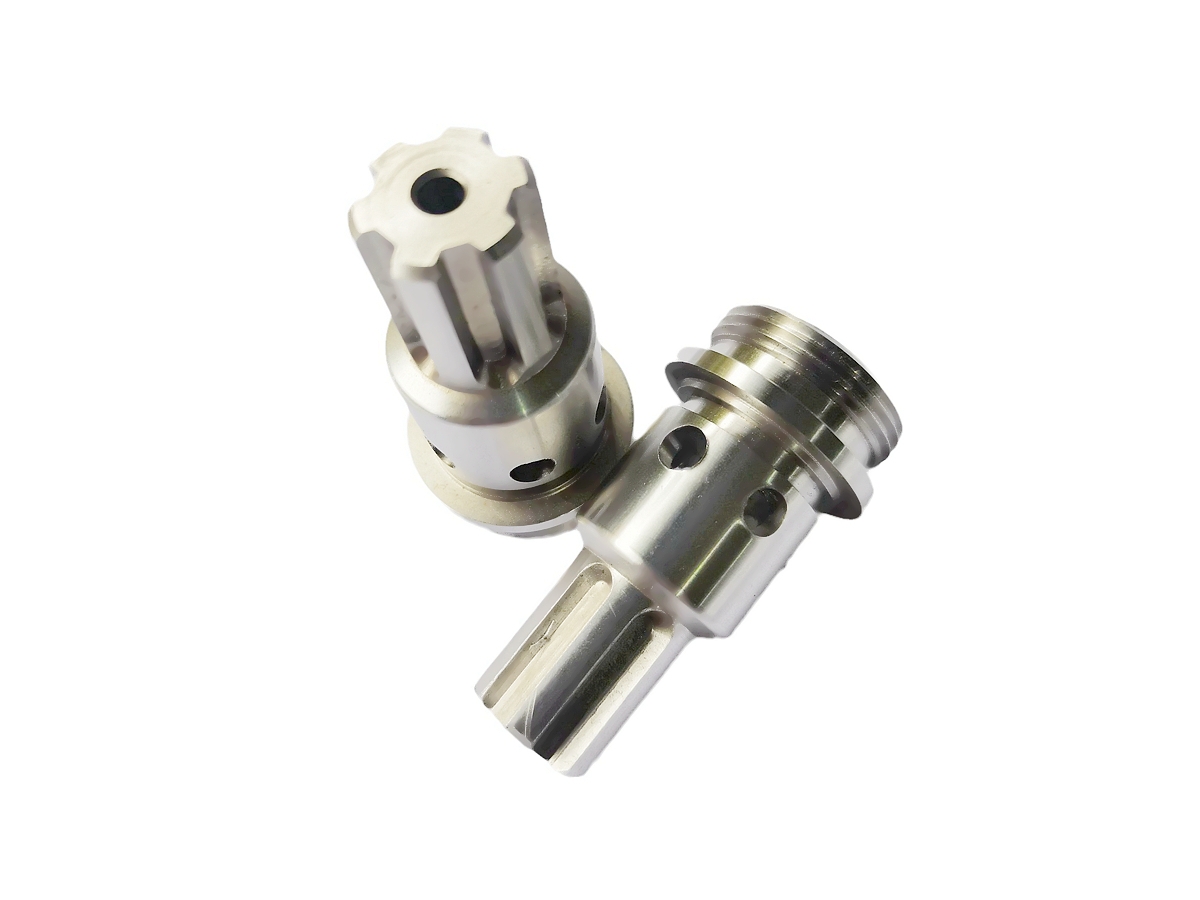Deep Hole Drilling in the Oil & Gas Industry: Solving Complex Drilling Challenges
Introduction
In the Oil and Gas industry, deep hole drilling is essential for manufacturing precision components capable of withstanding extreme pressure, temperature, and corrosive environments. Components such as drill collars, valve bodies, downhole instrumentation, and tubing connectors often require intricate internal boreholes, demanding advanced drilling techniques to achieve accuracy and reliability.
Specialized CNC drilling services, especially deep hole drilling methods, address these complex challenges effectively, ensuring hole straightness, surface finish, and dimensional accuracy. Mastering deep hole drilling technologies significantly enhances the durability and performance of critical oil & gas components.
Oil & Gas Industry Materials
Material Performance Comparison
Alloy | Tensile Strength (MPa) | Yield Strength (MPa) | Corrosion Resistance | Typical Oil & Gas Uses | Advantage |
|---|---|---|---|---|---|
655-1035 | 415-655 | Good | Drill collars, connectors | Excellent toughness, good machinability | |
880-1100 | 460-520 | Superior | Valve bodies, downhole instruments | Exceptional corrosion resistance, high strength | |
620-860 | 450-650 | Excellent | Tubing connectors, valves | High corrosion resistance, robust mechanical strength | |
965-1170 | 655-790 | Excellent | Pump shafts, valve components | Strong corrosion resistance, excellent strength |
Material Selection Strategy
Selecting suitable materials for oil & gas deep hole drilling involves careful evaluation:
Components subjected to high mechanical loads and good machinability: 4140 Steel is optimal for drill collars and connectors.
Highly corrosive and high-pressure downhole environments: Inconel 625 provides superior corrosion and thermal resistance.
Components requiring balanced corrosion resistance and strength: Duplex Stainless Steel (SUS2205) offers excellent performance.
Valves and pump components demanding both corrosion resistance and high strength: Monel K500 is ideal.
Deep Hole Drilling Processes
Process Performance Comparison
Drilling Technology | Hole Diameter Range (mm) | Depth-to-Diameter Ratio | Typical Oil & Gas Uses | Key Advantages |
|---|---|---|---|---|
2-50 | Up to 100:1 | Drill collars, instrumentation | High accuracy, superior surface finish | |
20-200 | Up to 400:1 | Large-diameter tubing, valve bodies | Efficient deep drilling, effective chip removal | |
1-50 | Up to 50:1 | Complex valve components, connectors | Versatility, adaptability to intricate shapes | |
0.1-3 | Up to 100:1 | Precision sensor ports, cooling channels | Precise small-diameter drilling, minimal distortion |
Process Selection Strategy
Choosing appropriate deep hole drilling technologies is crucial for oil & gas applications:
Precision deep holes in drill collars and instrumentation components: Gun Drilling offers unparalleled accuracy and internal finish.
Large-diameter, deep holes in heavy-duty valves and tubing: BTA Drilling ensures effective, accurate drilling performance.
Components requiring multiple complex drilling angles and positions: Multi-Axis CNC Drilling provides essential flexibility.
Small, highly precise boreholes in sensors and cooling systems: EDM Drilling delivers unmatched precision.
Surface Treatment
Surface Treatment Performance
Treatment Method | Corrosion Resistance | Wear Resistance | Temperature Stability (°C) | Typical Oil & Gas Uses | Key Features |
|---|---|---|---|---|---|
Superior (≥1000 hrs ASTM B117) | High (HV600-750) | Up to 400 | Valve components, connectors | Uniform corrosion protection, excellent wear resistance | |
Excellent (≥800 hrs ASTM B117) | Superior (HV1000+) | Up to 800 | Drill collars, pump shafts | High durability, exceptional thermal protection | |
Superior (≥1000 hrs ASTM B117) | High (HV2000-3000) | Up to 600 | Precision instrumentation | Excellent hardness, superior wear protection | |
Excellent (≥600 hrs ASTM B117) | Moderate | Up to 350 | General oil & gas fittings | Improved surface cleanliness, corrosion protection |
Surface Treatment Selection
Surface treatments significantly enhance component performance in oil & gas drilling environments:
Valve components and connectors requiring uniform corrosion and wear resistance: Electroless Nickel Plating is optimal.
Components exposed to extreme abrasive and thermal environments: Thermal Spray Coatings offer unmatched protection.
Precision instruments subjected to abrasive downhole conditions: PVD Coating provides superior durability and surface hardness.
General fittings and connections in corrosive environments: Passivation ensures reliable corrosion resistance.
Quality Control
Quality Control Procedures
High-precision bore inspections with Coordinate Measuring Machines (CMM) and advanced bore gauges.
Internal surface quality evaluation using optical and video inspection methods.
Mechanical testing (tensile, yield strength) following ASTM and industry-specific standards.
Non-destructive testing (NDT), including ultrasonic (UT), radiographic testing (RT), and magnetic particle inspection (MPI).
Corrosion resistance verification through standardized ASTM B117 salt spray testing.
Comprehensive documentation and full traceability adhering to ISO 9001 and API Q1/Q2 standards for the oil & gas industry.
Industry Applications
Deep Hole Drilled Oil & Gas Components
High-strength drill collars and downhole equipment.
Valve bodies and critical control components.
Precision downhole sensors and instrumentation.
Robust connectors, fittings, and tubing for corrosive environments.
Related FAQs:
Why is deep hole drilling critical for the oil & gas industry?
Which materials offer the best corrosion resistance for oil & gas drilling components?
How does gun drilling benefit precision oil & gas parts?
What surface treatments improve the lifespan of oil & gas drilling components?
What quality standards apply to deep hole drilling in the oil & gas industry?

